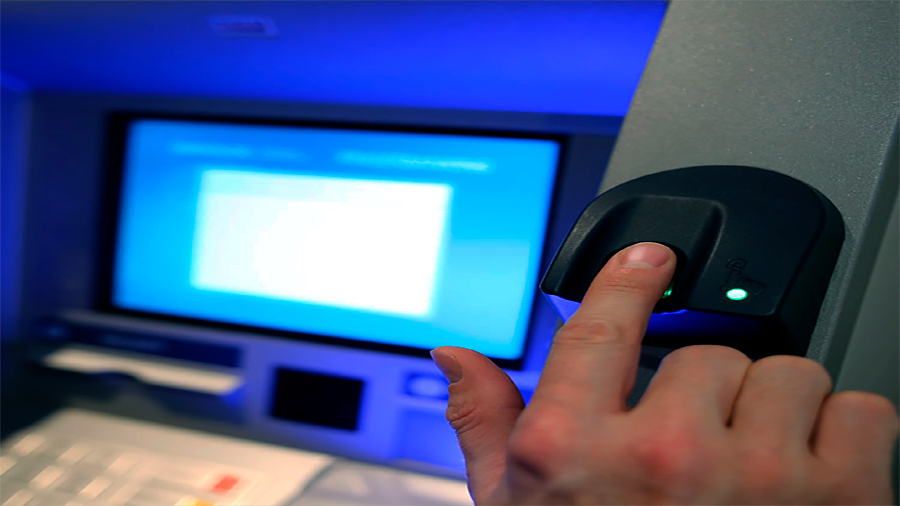From facial recognition to instant credit approvals run entirely by AI, the lending world is changing fast — and laws are struggling to keep up. As financial tech gets smarter and more invasive, lawmakers are starting to ask tough questions: Who’s liable when an algorithm gets it wrong? Can biometric data be used ethically in credit checks? And what rights do consumers have in a world of fully automated lending?
Over the next few years, we’re likely to see a wave of new regulations aiming to rein in digital lending. Some will focus on protecting consumers. Others will target data security. And some may attempt to rebuild trust in systems that, for all their speed, can still be wildly opaque. Let’s break down what’s likely to come — and why.
The Rise of Algorithmic Lending Needs Legal Guardrails
Right now, many fintech lenders use automated models to approve loans in seconds. These systems assess your data — from your spending habits to your phone usage — and decide whether you’re a good risk. But the models aren’t perfect. And more importantly, they’re not always fair.
Why Algorithmic Scoring Is a Legal Gray Zone
AI models often replicate the biases found in the data they’re trained on. If past borrowers from certain areas had more defaults — even for systemic reasons — people from those areas may get lower scores now, too. That’s not just unfair — it’s potentially discriminatory.
| Issue | Current Reality | Possible Future Law |
|---|---|---|
| Opaque scoring systems | Users rarely know why they were denied | Right to explanation of algorithmic decisions |
| Hidden data sources | Behavioral and location data used without awareness | Mandatory consent and data disclosure rules |
| Model bias | Some groups penalized unfairly | Anti-discrimination audits for scoring algorithms |
Expect future credit laws to mandate transparency — not just for banks, but for every AI model that decides whether you can borrow.

Biometric Lending: Secure or Dangerous?
Biometric data — your face, fingerprint, or voice — is increasingly used for identity verification in lending apps. It’s fast, it’s hard to fake, and it’s convenient. But there’s a catch: you can’t change your face like you change a password. If it gets hacked, it’s compromised forever.
What Policymakers May Do About Biometrics
We may soon see strict limits on how lenders can collect, store, and use biometric information. Some jurisdictions may even ban its use for credit decisions entirely.
| Biometric Use | Legal Risk | Potential Regulation |
|---|---|---|
| Face scans for loan verification | High privacy risk, facial spoofing | Encryption and limited retention policies |
| Voice-based authentication | Can be faked with AI tools | Bans or dual-factor requirements |
| Fingerprint unlocking in apps | Device-bound but still sensitive | Device-level security mandates |
Laws in this area will likely focus on three things: explicit user consent, strict data handling standards, and punishments for breaches. The goal won’t be to kill innovation — just to make sure borrowers don’t pay the price for a system’s convenience.
Consumer Rights in Fully Automated Lending
What happens when you’re denied a loan and no human ever looked at your application? That’s already the case in many online platforms — and it’s legally shaky. Current lending laws assume a person is involved in making decisions. In reality, AI is often in charge.
New Legal Protections for Borrowers
Here’s what legal experts predict will be added to credit laws in the next wave of reform:
- Right to Human Review: If an AI denies you, you should be able to appeal to a real person.
- Pre-loan Disclosures: Clear notice when your application will be decided entirely by algorithm.
- Explainability Mandates: Lenders may have to show how automated decisions are made — not just the result.
- Risk-Based Regulation: Platforms that make faster, broader decisions may face stricter oversight.
These rules would apply across the board — from traditional banks adding AI to their toolkits, to fully digital lenders with no human loan officers at all.

Credit Reporting May Go Real-Time — and Real Risky
Another likely change? The shift from monthly credit reporting to real-time data streams. Some fintech apps already report payment behavior instantly — including missed micro-payments and spending habits. That can benefit users who want to improve their score quickly. But it also raises new problems.
Small mistakes, like a late $5 repayment, could weigh heavily on your future borrowing capacity. And consumers might not even realize what’s being tracked.
Expected Safeguards for Real-Time Credit Reporting
- Minimum reporting thresholds — to avoid “micro-penalties” for small slips
- User dashboards — to let people see and dispute data in real time
- Consent-based data sharing — not default inclusion
More data isn’t automatically bad. But laws will need to ensure it’s handled responsibly, or it becomes another way to exclude people unfairly.
Laws Around Buy Now, Pay Later (BNPL)
One of the fastest-growing segments of consumer credit is BNPL — allowing users to split payments into chunks without interest. It sounds great, but it often leads to overborrowing, especially among younger users who don’t realize they’ve taken on multiple debts at once.
BNPL companies aren’t always subject to the same lending rules as credit cards or personal loans. That’s likely to change.
Predicted Regulations for BNPL
- Clear repayment terms and total cost displays
- Stricter credit checks before approval
- Late fee caps and warning systems
- Inclusion of BNPL data in credit reports
Expect regulators to treat BNPL more like credit cards in the near future — especially as usage grows among low-income and younger consumers.
Global vs Local: Who Makes the Rules?
One of the big challenges in regulating modern credit is that many lenders operate across borders. A Nigerian borrower may use a Singapore-based app that processes payments through a U.S. fintech service. So whose laws apply?
That’s still being figured out. Some nations, like the EU, are moving toward unified frameworks (e.g., the AI Act). Others, like the U.S., have fragmented laws depending on state and industry.
We’ll likely see international pressure to create shared credit standards — particularly for digital ID use, data rights, and algorithm audits.
Credit is no longer just about numbers. It’s about how your face is scanned, your habits tracked, and your decisions scored by machines. The old rules — built for paperwork and human judgment — can’t keep up. But the new ones aren’t written yet.
That makes this moment critical. The credit laws that emerge in the next few years will shape who gets access, who gets left behind, and how much power lenders really have in an AI-driven world. And while the goal isn’t to stop innovation, it is to make sure that speed and convenience never come at the cost of fairness and dignity.

